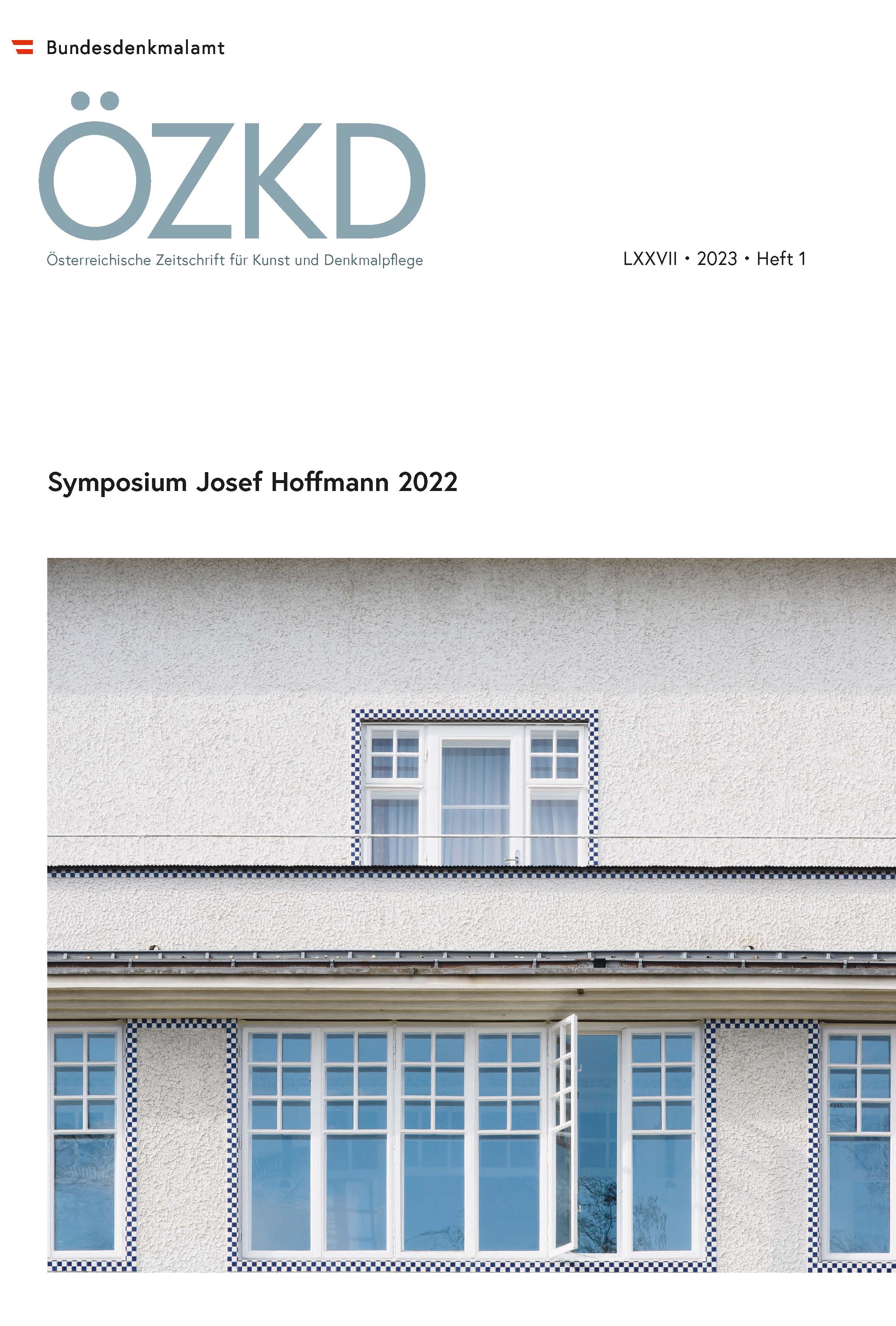
ÖZKD LXXVII Heft 1 Symposium Josef Hoffmann, pp. 72-81, 2024/04/15
Symposium Josef Hoffmann 2022

Born in Butovice in 1870, Hugo Gorge (d. 1934, Vienna) is one of the lesser known architects from Josef Frank and Oskar Strnad’s circle, but like them he is an important representative of Viennese Modernism.The text centres on two of the most important buildings from his slender body of work: a lodging house in Vienna’s 7th district and Gorge’s own detached house in Vienna’s 13th district. From around 1910 in Vienna, and for both of these construction projects, there was a search for new typologies that would take into account the higher living standards of the time and do away with nineteenth-century forms of representation in view of the dramatic change in interiors and lifestyle after World War I compared to the extravagant bourgeois way of life that had dominated the nineteenth century. The aim was to develop nothing short of a practical, comfortable and cosy home for modern people, and Gorge played a significant role in this process. His buildings are prime examples of the fresh interpretation of home environments and interiors in the context of Viennese Modernism. The text also reports on Gorge’s education and training, his competition projects, and his furniture designs. Finally, the Gorge family’s history of displacement is also discussed.